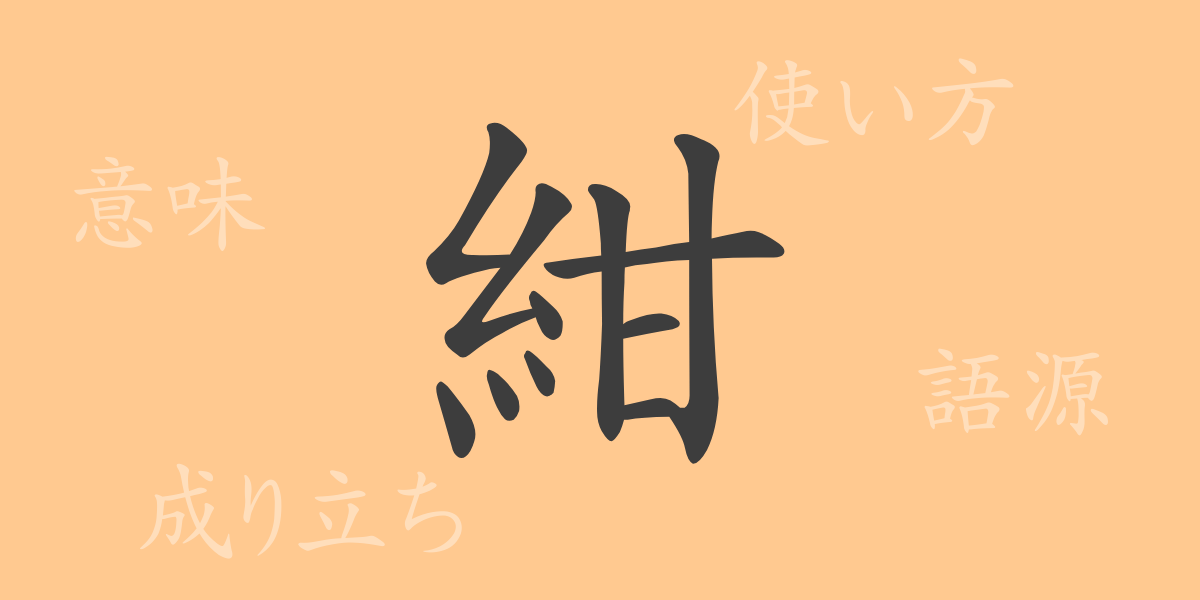In Japanese culture and language, kanji play a role far beyond that of mere characters. Each kanji possesses deep meaning, history, and beauty, and is seamlessly integrated into the daily lives of Japanese people. This time, we focus on the kanji “紺(こん, kon),” exploring its charm. As one of Japan’s traditional colors, indigo has been deeply rooted in Japanese life for centuries, with many stories behind its hues and background. This article delves into the origins, meanings, usage, readings, and idioms related to “紺(こん, kon),” unraveling its full scope.
Origins of 紺(こん, kon)
The kanji “紺(こん, kon)” traces its origins to ancient Chinese classics. In ancient China, this color was considered noble, often used in the garments of royalty and nobility. In Japan, too, this color was frequently used in the clothing of nobles and the decorations of temples, establishing its status as a high-ranking color. The origin of “紺(こん, kon)” comes from the name of a gemstone, “瑾瑜(きんゆ, kin yu),” whose color was a deep blue. This later came to refer to the color itself.
Meaning and Usage of 紺(こん, kon)
“紺(こん, kon)” refers to a deep, dark blue, often likened to the color of the sea or the night sky. This color conveys a calm impression, making it suitable for formal settings such as business suits and school uniforms. Traditionally, indigo is also commonly used in kimono and Japanese traditional clothing, representing one of the iconic colors of Japanese beauty, cherished to this day.
Readings, Stroke Count, and Radical of 紺(こん, kon)
The kanji “紺(こん, kon)” can be understood through its shape and structure, including its readings, stroke count, and radical.
- Readings: The on’yomi (音読み) is “コン(kon),” and there is no kun’yomi (訓読み).
- Stroke count: It consists of 15 strokes.
- Radical: The radical is “糸(いとへん, itohen),” meaning thread.
Idioms, Phrases, and Proverbs Using 紺(こん, kon)
Idioms, phrases, and proverbs containing “紺(こん, kon)” reflect the meaning of this color. For instance, “紺碧の空(こんぺきのそら, konpeki no sora)” describes a clear, deep blue sky, symbolizing purity and infinite possibilities. The idiom “紺屋の白袴(こんやのしろはかま, konya no shiro hakama)” refers to the idea of neglecting one’s own affairs while taking care of others’. These expressions illustrate how the color indigo is deeply ingrained in Japanese language and sensibility.
Conclusion on 紺(こん, kon)
Each kanji carries a rich history and culture within its background. The character “紺(こん, kon)” is no exception, encompassing a wealth of knowledge and charm from its origin to its meaning, usage, and related idioms. As a traditional Japanese color, indigo has been passed down through generations, with its beauty still loved by many today. Through this article, we hope you can appreciate the deep world of indigo and further understand Japanese language and culture.

























